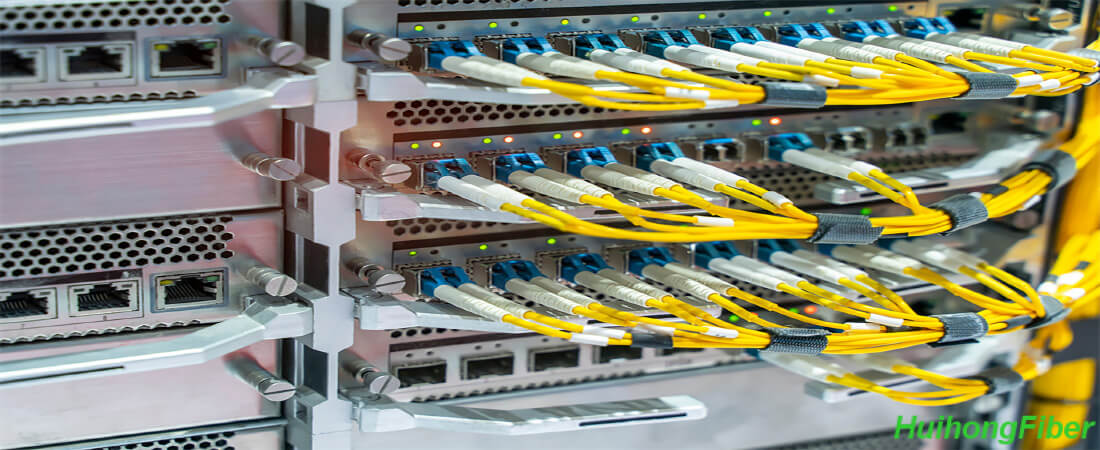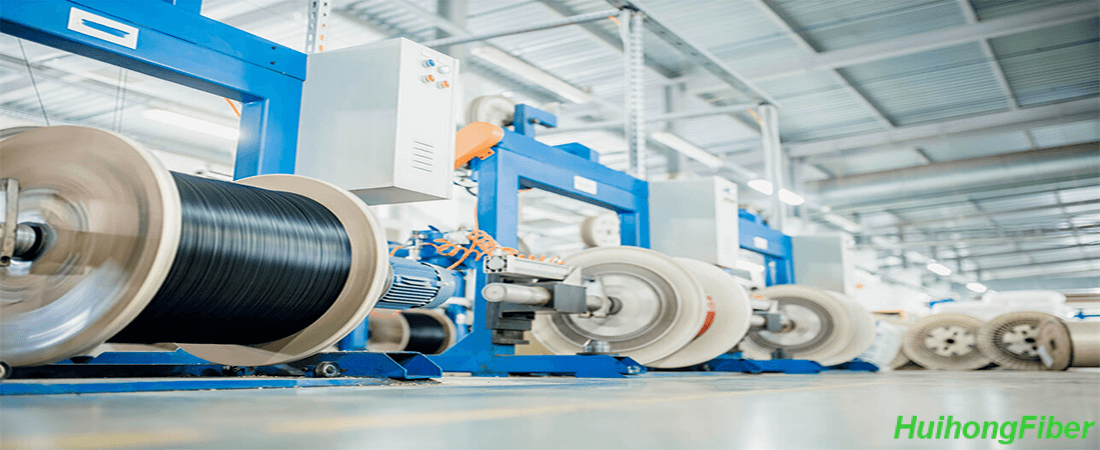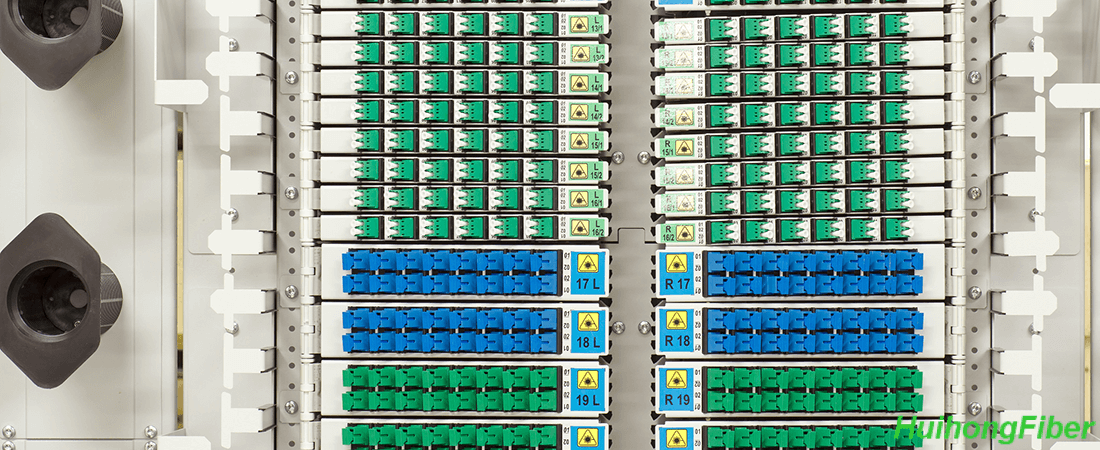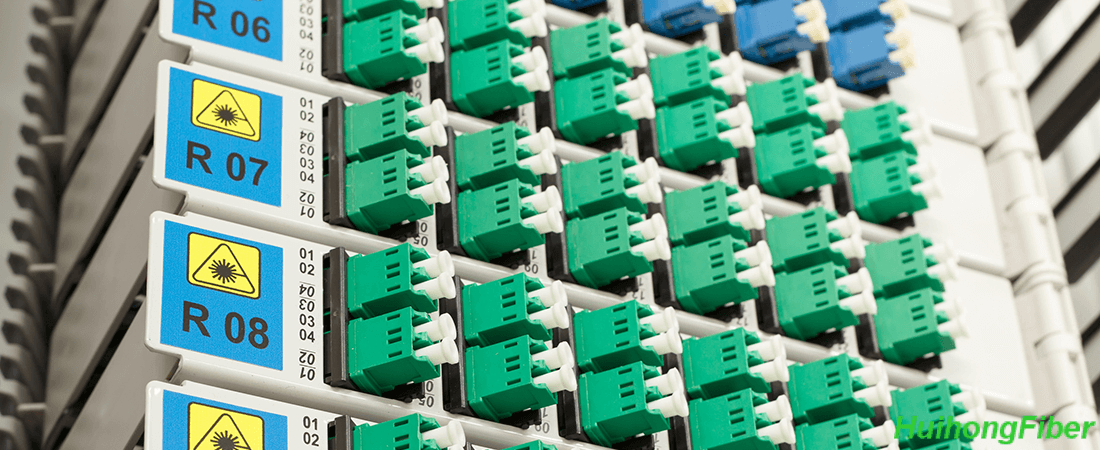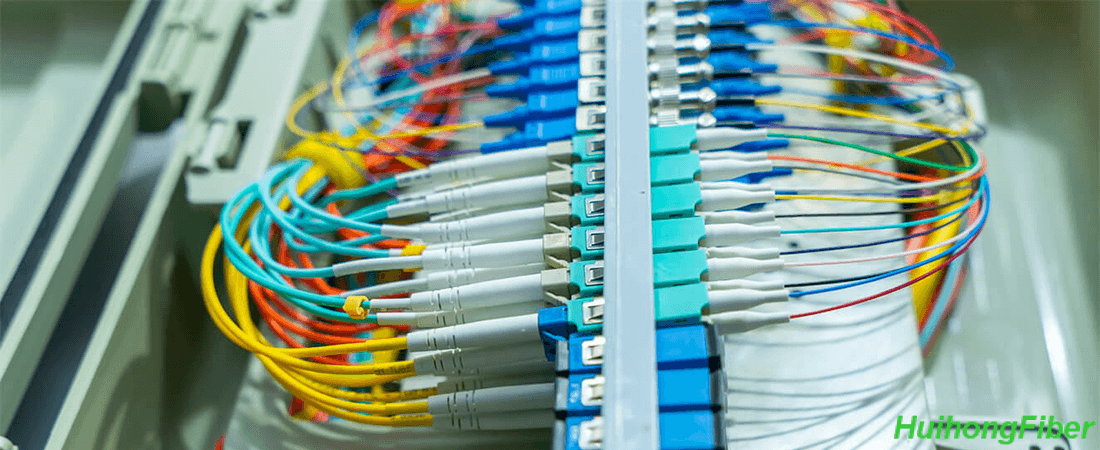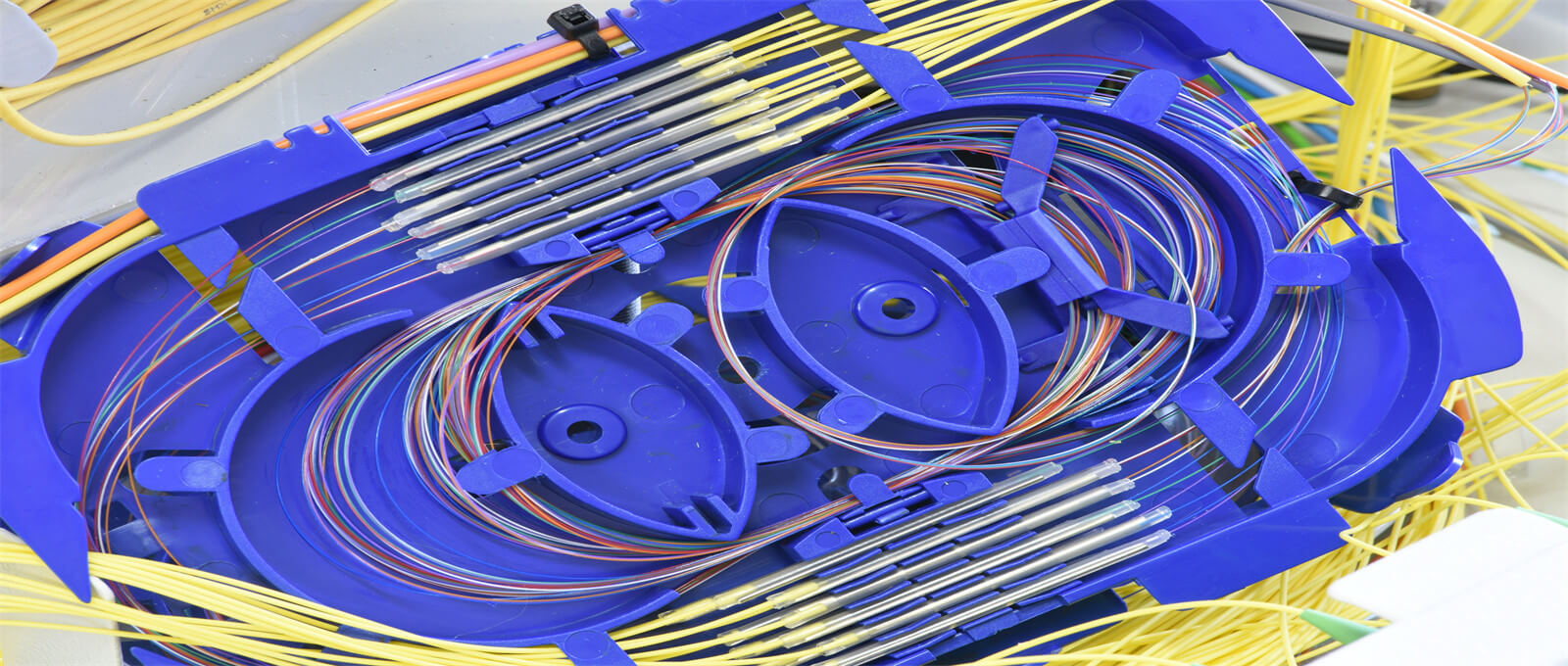G654.E Fiber Optic Cables
Fiber Optic Cabinet
Huihong Technologies is a reliable and reputable supplier of fiber optic cabinets, with a wide range of products to meet the needs of customers in various industries. Whether you need a cabinet for indoor or outdoor use, this company has the perfect solution for you. With their commitment to quality and customer satisfaction, you can be confident that you are getting a high-quality product that will meet your needs and exceed your expectations.
Read more
Optical Distribution Frames, Fiber Optic ODF
Huihongfiber is one of the leading manufacturers of ODFs, they provide a wide range of options including SC, LC, MPO, ST, FC types with different port counts like 12, 24, 36, 48, 72, 96 and even more custom design solutions. These ODFs can be used alone or in fiber optic cabinets for better fiber management and organization.
Fiber Optic Patch Panels
Huihongfiber is a leading manufacturer of fiber optic patch panels, offering a wide range of products to meet the needs of various industries. The company’s patch panels are used by telecom operators, data centers, and other organizations to manage and organize their fiber optic cabling.
In addition to its standard patch panels, Huihongfiber also offers OEM and customized solutions to meet the special needs of different customers. This flexibility allows customers to choose the exact specifications and features that they need, such as different port counts, different fiber types, and different color codes.
Huihongfiber is a trusted name in the fiber optic industry, known for its high-quality patch panels that are versatile, durable and customizable to meet different customers’ needs. Whether you are a small business or a large corporation, Huihongfiber has a patch panel solution that will work for you.
Fiber Optic Splice Closures
Fiber optic cables are made of incredibly thin strands of glass or plastic that are used to transmit data over long distances. These cables are incredibly sensitive to physical damage, and even a small crack or kink in a fiber can cause the data transmitted through it to be lost or corrupted. Splice closures protect the spliced fibers by encasing them in a protective housing that shields them from physical damage, as well as environmental factors such as water and dust.
One of the main benefits of fiber optic splice closures is their ability to provide a high level of protection against water and moisture. These closures are sealed against the elements, ensuring that water and moisture cannot penetrate the housing and damage the spliced fibers inside. This protection is essential in areas where the cable may be exposed to water, such as underground or in overhead applications.
Another key feature of fiber optic splice closures is their ability to organize and manage the spliced fibers. These closures typically have a series of trays or guides that are used to keep the fibers in a neat and orderly configuration. This helps to prevent fibers from getting tangled or kinked, which can cause damage or signal loss.
Additionally, fiber optic splice closures are designed to be easy to install and access, allowing for easy maintenance and troubleshooting. They come in different sizes and shapes depending on the different application, such as aerial, underground, direct buried, and indoor or outdoor. This makes it simple for technicians to access the spliced fibers for maintenance or repair.
Fiber Optic Splice Trays
One of the key benefits of using fiber optic splice trays is their ability to provide a secure and organized method for splicing fiber optic cables. Without the use of splice trays, fiber optic splices may be vulnerable to damage or disruption, which can result in costly downtime and repairs.
In addition to providing protection for fiber optic splices, fiber optic splice trays also help to reduce clutter and improve the overall organization of a fiber optic network. This is especially important in large-scale installations where hundreds or even thousands of fiber optic cables may be in use.
There are several different types of fiber optic splice trays available on the market, each designed to meet the specific needs of different fiber optic installations. Some splice trays are designed to hold a small number of splices, while others can accommodate hundreds of splices in a single tray.
Another important consideration when choosing a fiber optic splice tray is its ability to protect the splices from environmental factors such as temperature and humidity. These factors can have a significant impact on the performance and reliability of fiber optic splices, and it is important to choose a splice tray that can provide adequate protection.
The use of fiber optic splice trays is crucial for the proper installation and maintenance of modern networking and telecommunications infrastructure. By providing a secure and organized method for splicing fiber optic cables, splice trays help to ensure the reliable operation of fiber optic networks and keep downtime to a minimum.
Fiber Optic Splice Sleeves
Fiber optic splice sleeves are typically made of heat-shrinkable plastic or stainless steel, and come in various sizes and shapes to accommodate different types of fiber optic cables and splicing techniques. Single-fiber splice sleeves are designed for use with individual fibers, while multi-fiber splice sleeves are used for splicing multiple fibers at once. Ribbon splice sleeves are used for splicing ribbon fiber optic cables, which consist of several parallel fibers bundled together.
The main function of a fiber optic splice sleeve is to provide physical protection for the spliced fibers. When two fibers are spliced together, they are usually held in place by a small piece of adhesive and covered with a protective jacket. The splice sleeve is then placed over the spliced fibers and heat-shrunk to fit snugly around them, providing an additional layer of protection against physical stresses and contaminants.
In addition to providing physical protection, fiber optic splice sleeves also play a critical role in maintaining the integrity of the fiber optic connection. Properly installed and maintained splice sleeves help to reduce signal loss and ensure the reliable transmission of data over long distances.
fiber optic splice sleeves are an essential component of any fiber optic network, and play a vital role in ensuring the reliable and efficient operation of these systems.

